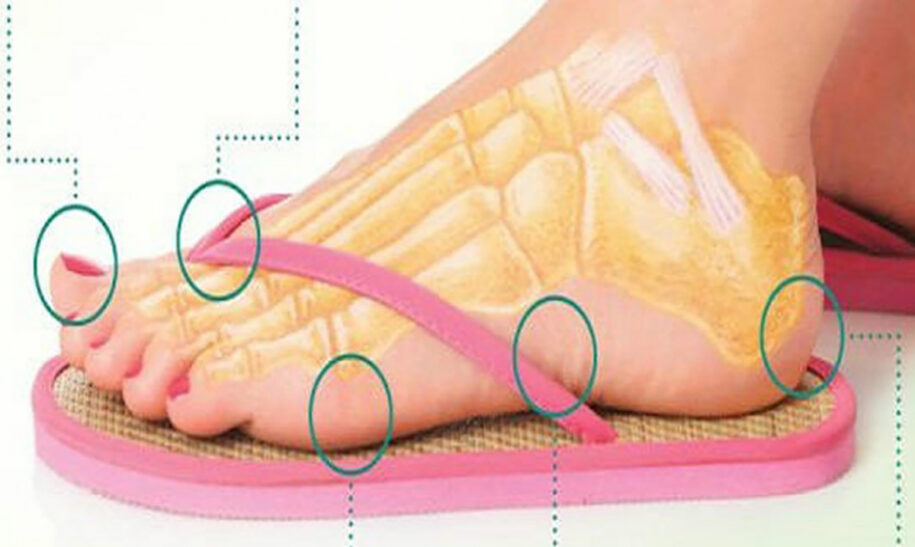5 Ways Wearing Flip Flops Destroys Your Health Without You Noticing
Flip flops aren’t really a new fashion trend, but they never really went away. Flip flops are nice on the beach in the summer, but they are not designed for daily use. They can actually be terrible for your health.
Flip flops are essentially a lazy shoe. Although we would probably love to be able to go everywhere barefoot without getting dirty, disease, or stepping on painful things, but we can’t. However, someone invented the flip-flop. It consists of… well, just a Y-shaped strap on some ‘support’. Studies show that wearing these shoes can be tremendously impacting to your health. Here are 5 ways flip-flops are terrible for your health.
They Wear Out Joints and Muscles – Because the flip-flops have very little support, you have to put in extra effort to be able to drag these bad boys around. While it’s not that exhausting, and easy to get used to, it actually wears out your joints and muscles.
Dragging Them Around is Dangerous – once you pick up the habit of dragging these shoes around everywhere you go, you will soon not even notice. Because they have no  laces or straps, they can flip off easily. This causes you to scrunch up your toes to keep them on. Doing this habitually is really dangerous and can lead to hip and knee pain.
laces or straps, they can flip off easily. This causes you to scrunch up your toes to keep them on. Doing this habitually is really dangerous and can lead to hip and knee pain.
Your Feet are Constantly Exposed to Disease, Pathogens, and Bacteria – Because your flip flops are open toed and open heeled, your feet are always exposed. There are germs, disease, infection, and bacteria everywhere and this is a great access point for them.
They Ruin Your Posture – Flip flops can seriously damage your posture. This happens because they are flat and do not bend like your foot does. This heavily alters your biomechanics.
They Cause Shooting Pains – People with flat feet need arch support to keep their knees, hips, and back aligned. In a flat shoe, there’s none of that, so your joints have to compensate. This can cause overuse injuries all the way up the body, including Achilles tendinitis (injury to the tendon that connects the calf muscle to the heel bone), heel pain, and pinched nerves in the back.


